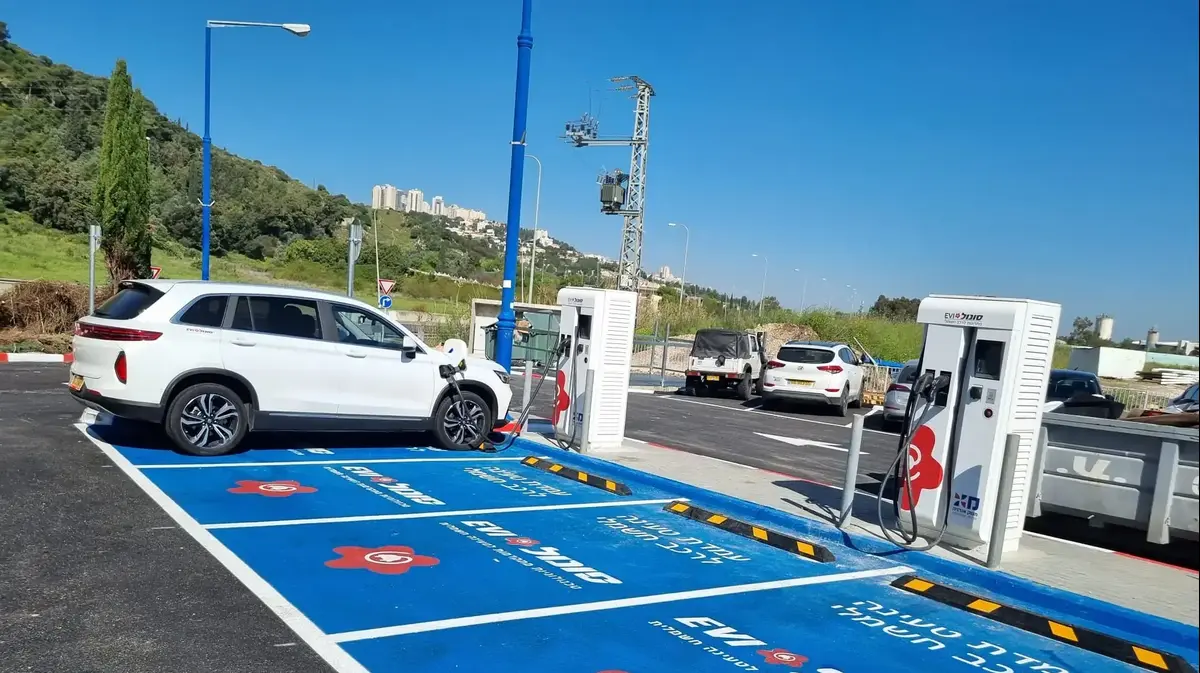Read the video transcript here arrow up arrow down
It is a danger from space that mankind only knows how to deal with to a limited extent: asteroids.
Experts believe that such a celestial body can be really dangerous for the earth - but it is possible.
Franco Ongaro, Esa Director of Technology:
"Yes, the chance (of being hit) can be 1 in 1,000,000. But if that one thing happens tomorrow, you're in trouble. We know it will happen again - and it happens all the time. Tons of material fall from the sky to the earth. Fortunately three quarters of the earth is covered by water and another large part is covered by desert or ice. But that is luck. This is not a scientific way of solving the problem to accept. "
A cooperation between the European space agency Esa and NASA should now ensure more security.
For this purpose, Esa has just signed contracts with the satellite manufacturer OHB.
The project is called "Hera" after the Greek goddess and costs almost 130 million euros.
The goal: The scientists want to investigate the consequences of an impact on an asteroid in order to develop a technique for deflecting such rocks in space.
Rolf Densing, Esa Director:
"So far, mankind has been at the mercy of impacts from asteroids and near-earth objects, and now we have both technology and prosperity to defend ourselves against. That is historic."
The plan: The US probe "Dart" is to start in June 2021 and hit the smaller chunk of a double asteroid 150 million kilometers away in 2022.
According to the experts, the impact will leave a crater and change the path of the celestial body.
According to the space agency, the Brocken would be the first celestial body whose orbital and physical properties are changed by human hands - if it works.
In 2024, "Hera", a space probe the size of a desk, to which twin asteroids will fly, will arrive in 2026 and will then collect data for six months.
Mini satellites on board the "Hera", which are four-inch cubes, are supposed to examine the interior of the asteroid.
The researchers hope that this will provide a better understanding of the structure of these rocks.
The task is complex.
Marco Fuchs, Managing Director of the satellite manufacturer OHB:
"The greatest challenge is basically the distance. The Hera probe flies very, very far - one and a half times the distance between earth and sun. And it has to act autonomously. It also approaches you Very, very small celestial bodies. Asteroids have practically no force of attraction. That means you have to steer very precisely and find them naturally first and then get closer so that you can actually observe what the hopefully earlier impact of the American probe caused occurred on the asteroid. "
A case in Russia showed that larger objects can cause immense damage.
In February 2013, a chunk 20 meters in diameter entered the earth's atmosphere and exploded.
The pressure wave injured around 1,500 people, mostly through broken windows.
Only a tiny fraction of the meteorite, around five tons, reached the ground.
For asteroids larger than 50 meters, experts say that a diversion must be considered.




/cloudfront-eu-central-1.images.arcpublishing.com/prisa/TQ73US57UFGWTIXR7C3BS2OTIA.jpg)








